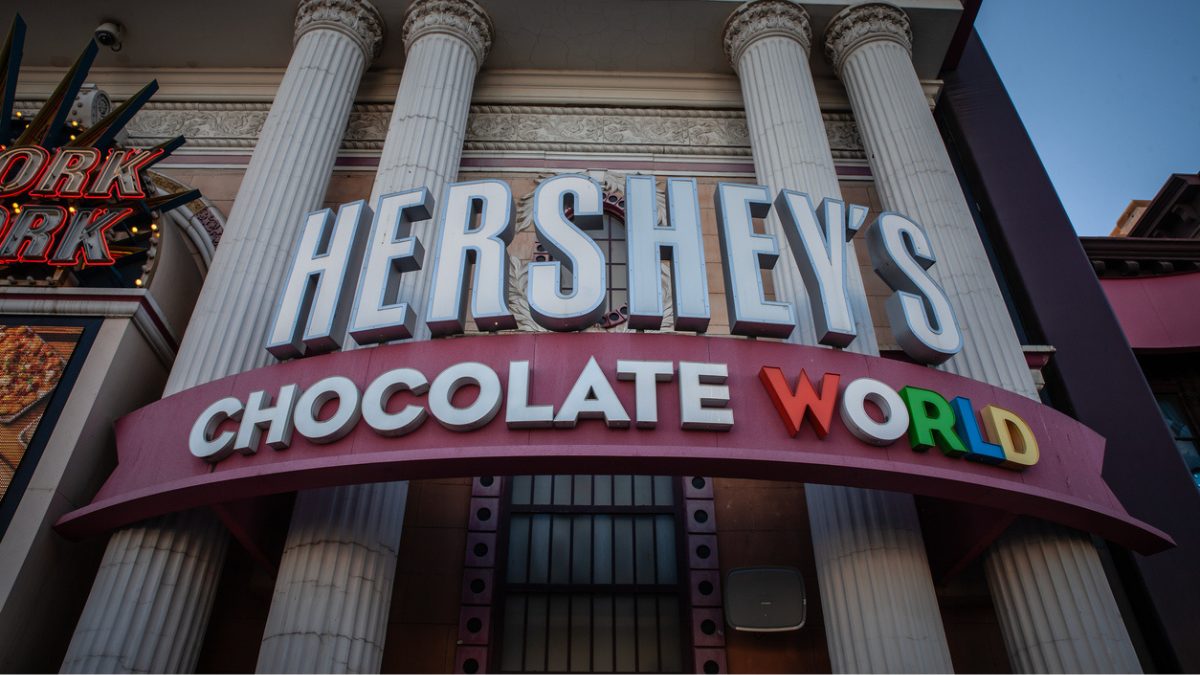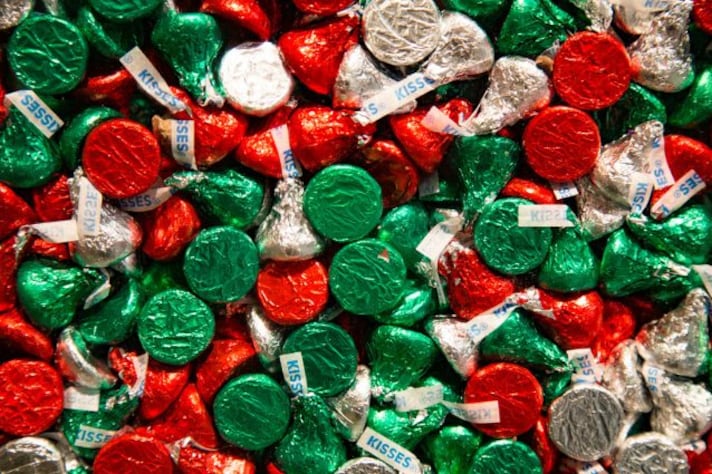
Chocolate lovers may want to brace themselves: Hershey is raising prices across its candy portfolio this fall, citing an “unprecedented” surge in cocoa costs. The company confirmed that the average price hike will fall in the low double-digit percentage range, with some products also seeing reduced pack sizes.
The move comes as cocoa prices remain volatile and historically high, driven by supply shortages in West Africa, where countries like Ghana and the Ivory Coast produce over 70% of the world’s cocoa. Climate disruptions, crop disease, and labor challenges have all contributed to the spike, with cocoa futures more than doubling over the past two years.
What’s Changing—and What’s Not
Hershey says the price increases will affect most of its chocolate products, including popular brands like Reese’s, Kit Kat, and Milk Duds. However, there’s one seasonal reprieve: Halloween-themed candy will not be impacted by the hike, a move likely aimed at preserving sales during one of the industry’s biggest retail windows.

The company is also adjusting pack sizes and weights, meaning some items may shrink even if their sticker price doesn’t rise dramatically. These changes are part of Hershey’s broader strategy to absorb rising ingredient costs while maintaining profitability.
Not About Tariffs—Yet
Hershey emphasized that the price hike is not related to tariffs or trade policies, though the company has requested an exemption from recent tariff proposals targeting cocoa imports. President Trump’s administration has floated a 21% tariff on cocoa from the Ivory Coast, but implementation has been paused for now.
Industry-Wide Impact
Hershey isn’t alone. Other chocolate makers like Lindt, Nestlé, and Cloetta have also raised prices in recent months, citing similar pressures. The average price of a chocolate bar in the U.S. has climbed from $2.43 in 2021 to $3.45 in 2025, a 41% increase that’s already affecting consumer demand.
;Resize,width=767;)
